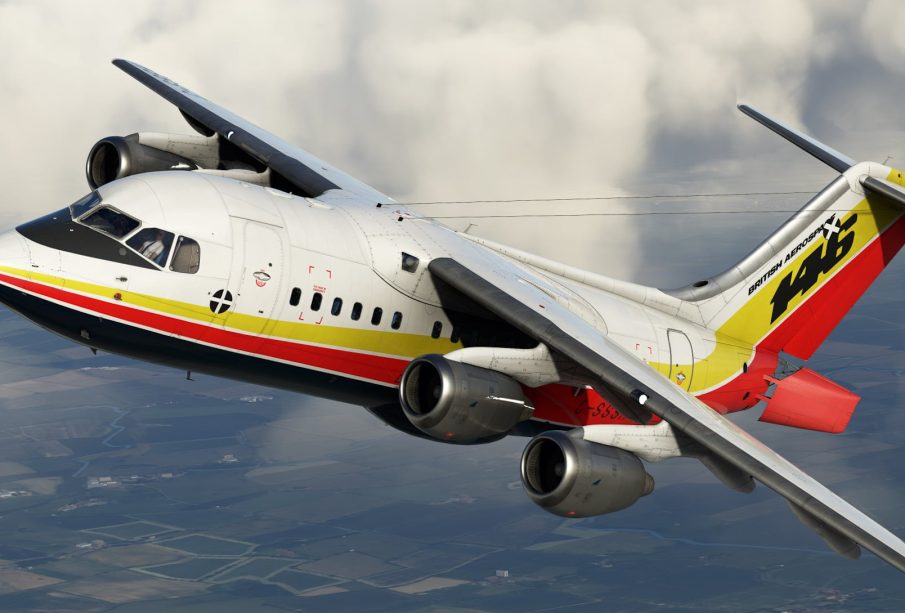Flying in 2025: Safety Innovations and Revolutionary Changes Transform Aviation Landscape

The Evolution of Flying: A New Era in Aviation
The year 2025 is marking a transformative period in aviation, with regulatory changes reshaping everything from environmental sustainability to advanced technology standards, fundamentally changing how airlines, airports, and maintenance teams operate.
Safety and Regulatory Developments
While aviation has made remarkable safety improvements over the decades, with commercial flying being statistically safer than driving, recent years have highlighted the need for continued vigilance due to several concerning incidents and near-misses.
A significant development is the Modernization of Special Airworthiness Certification (MOSAIC) final rule, which introduces sweeping changes to Light Sport Aircraft (LSA). The new regulations remove weight limits, allow for higher speeds and retractable landing gear, embrace new propulsion types, and permit modern avionics. These aircraft can now be used for various purposes, including infrastructure inspections, photography, and agricultural surveillance.
Technological Advancements
The FAA has introduced new regulations for ‘powered-lift’ aircraft, which combine characteristics of both airplanes and helicopters. These innovative vehicles promise to revolutionize transportation, offering potential applications from urban passenger transport to air ambulance services and cargo operations in smaller communities.
The industry is witnessing a digital transformation with the mandatory digitization of maintenance logs to streamline audits and inspections. Additionally, strengthened cybersecurity measures are being implemented to protect aircraft systems and passenger data.
Future Outlook
Global standards continue to make flying safe and reliable, with IATA member airlines collaborating with industry stakeholders on setting standards and best practices. The industry’s focus remains on digitalization and sustainability, with over 350 changes implemented in 2025 to reflect modernizing technology, regulations, and evolving customer needs.
A significant commitment from airlines aims to achieve net zero carbon emissions by 2050, aligning air transport with the Paris agreement to limit global warming to 1.5°C. This environmental focus, combined with technological innovations, positions the aviation industry for a more sustainable and efficient future.


